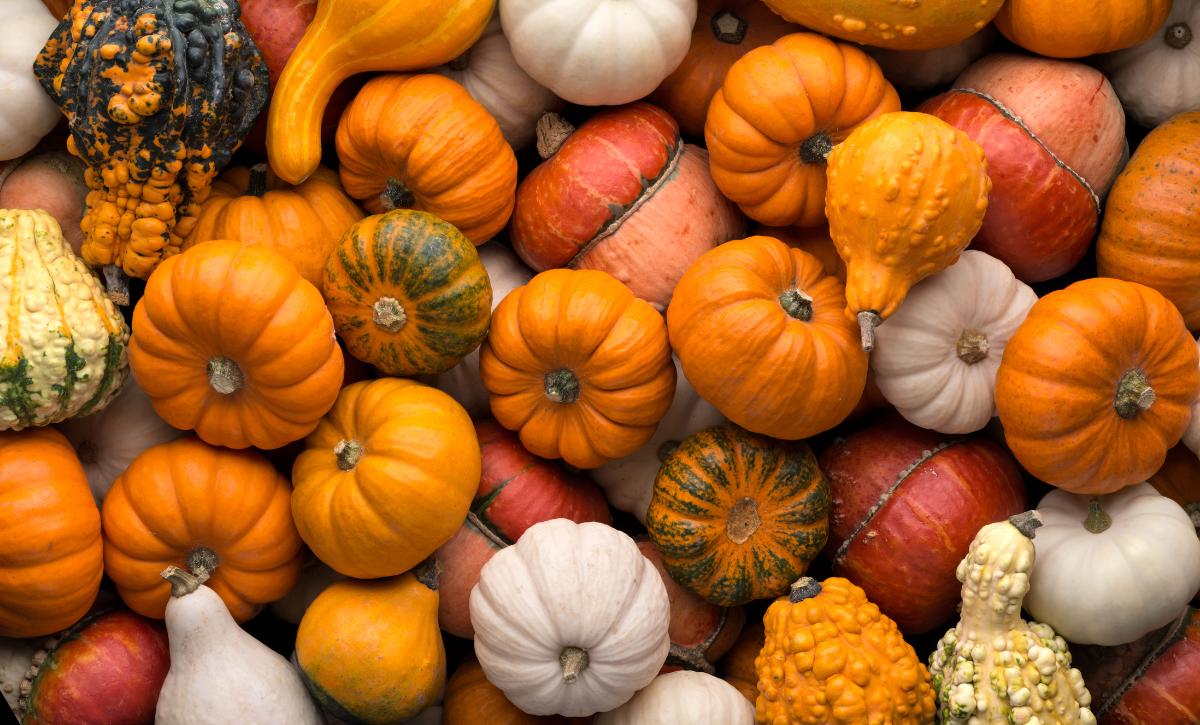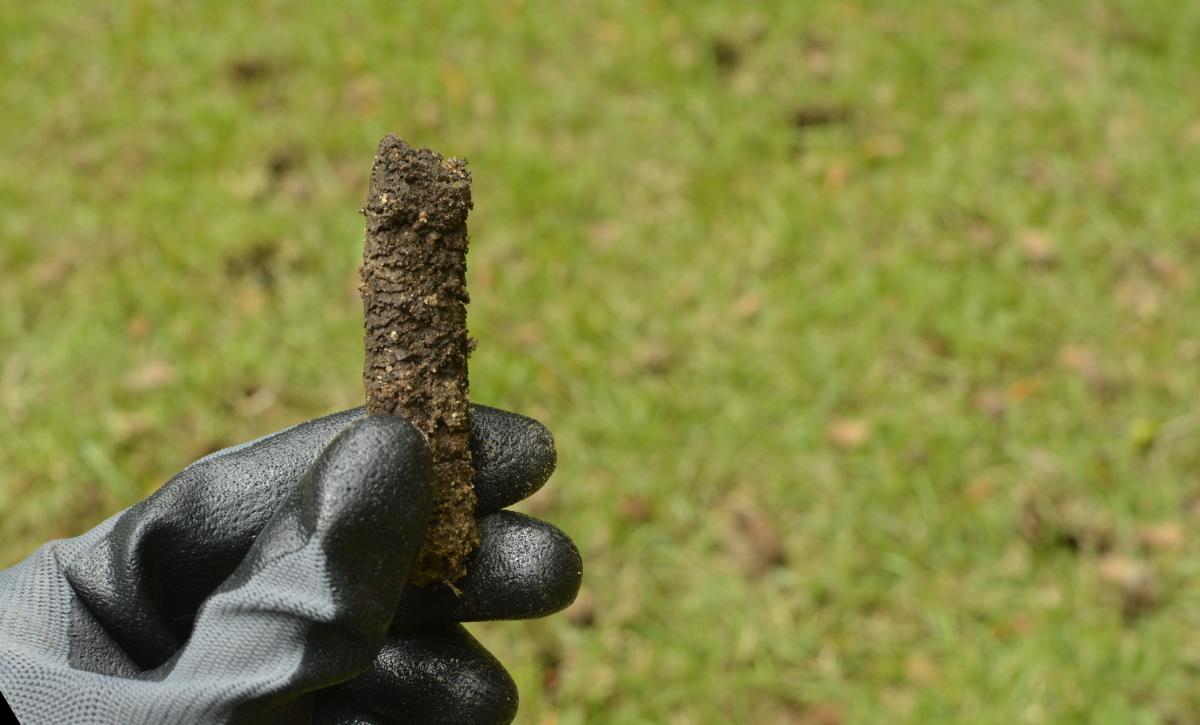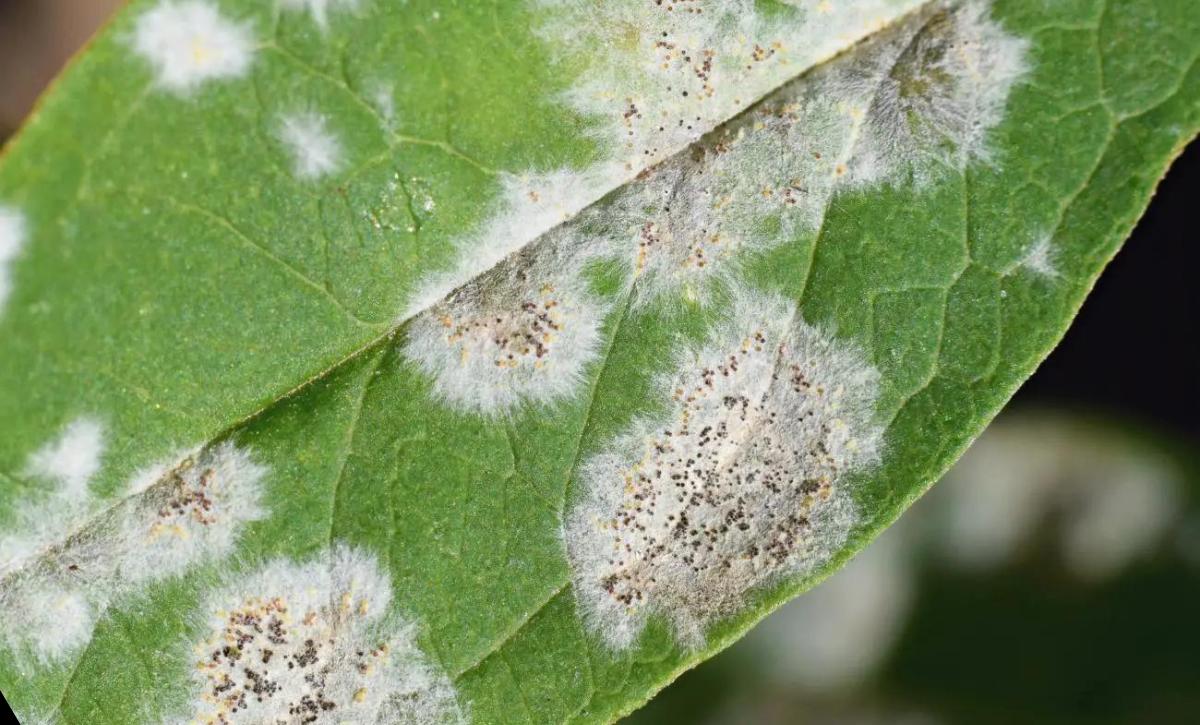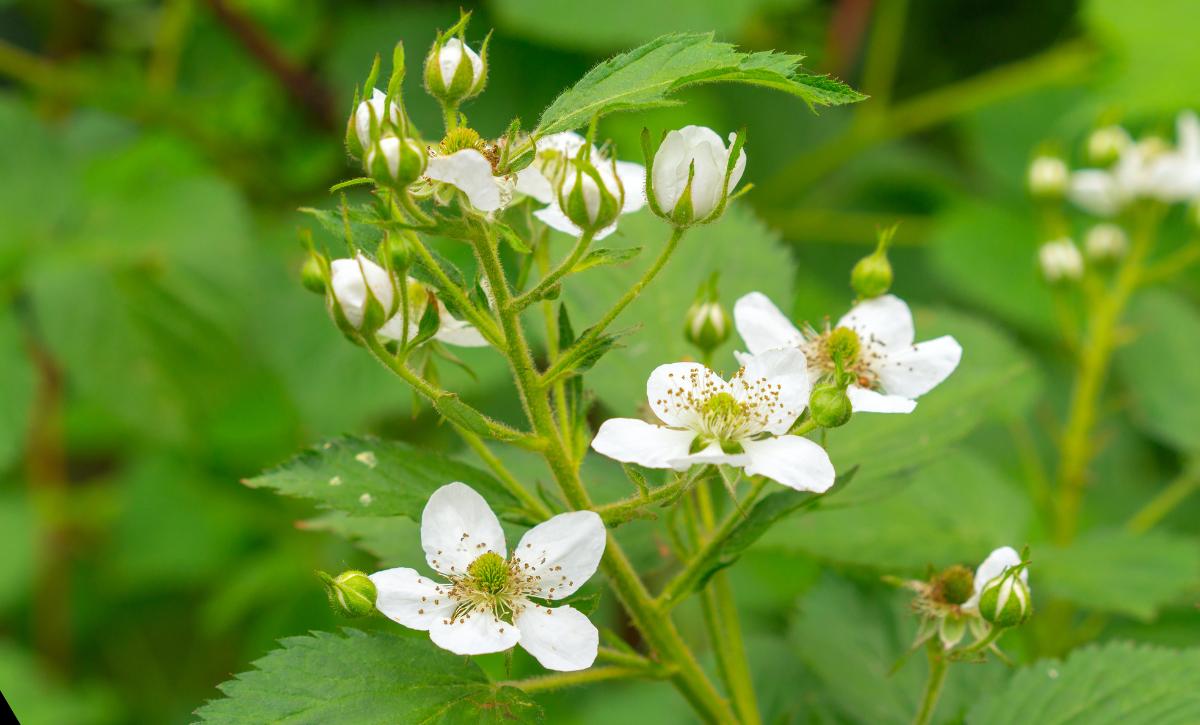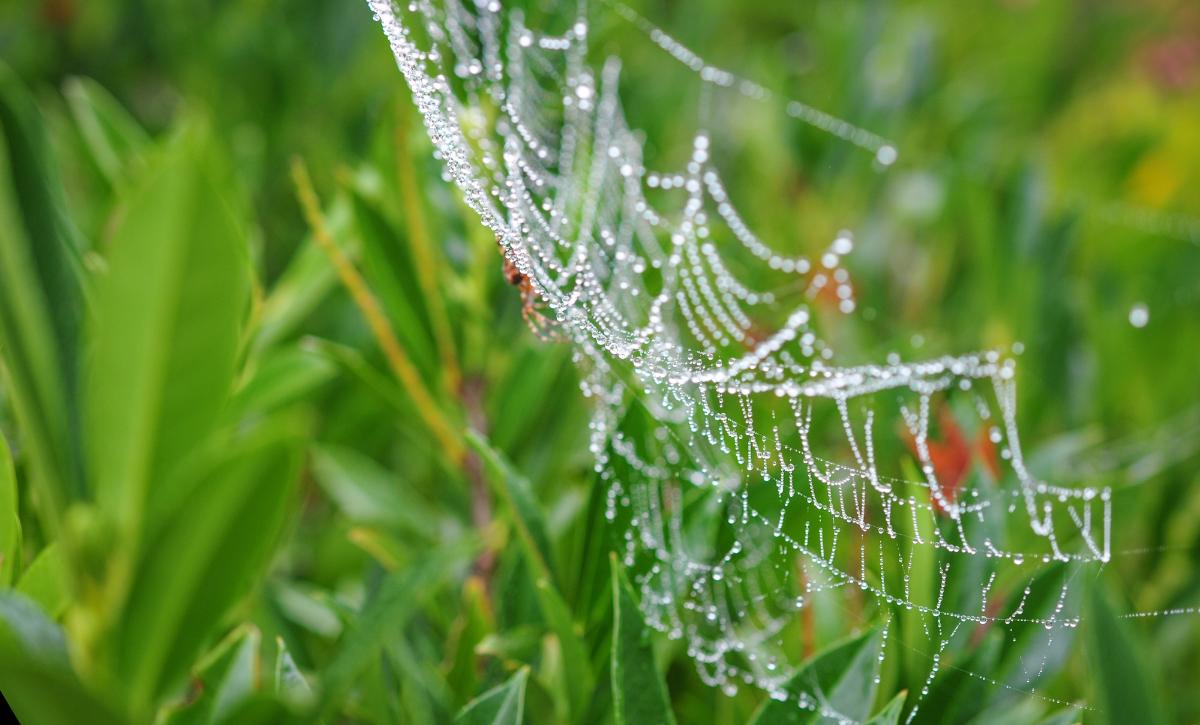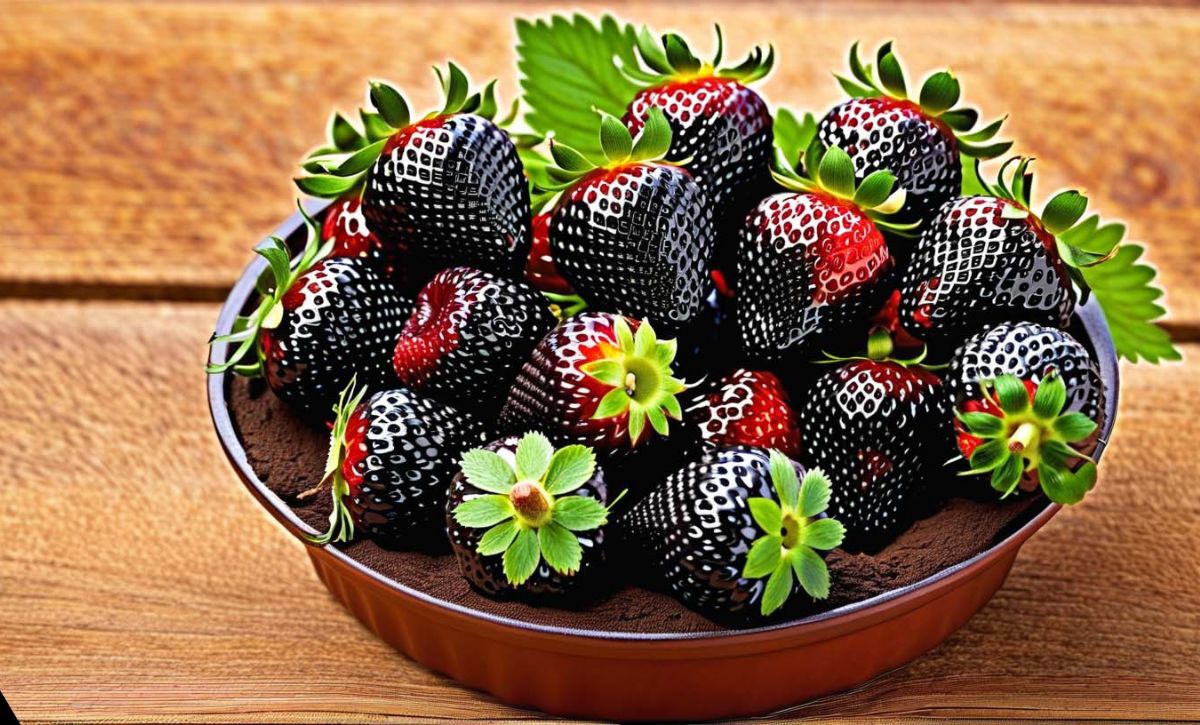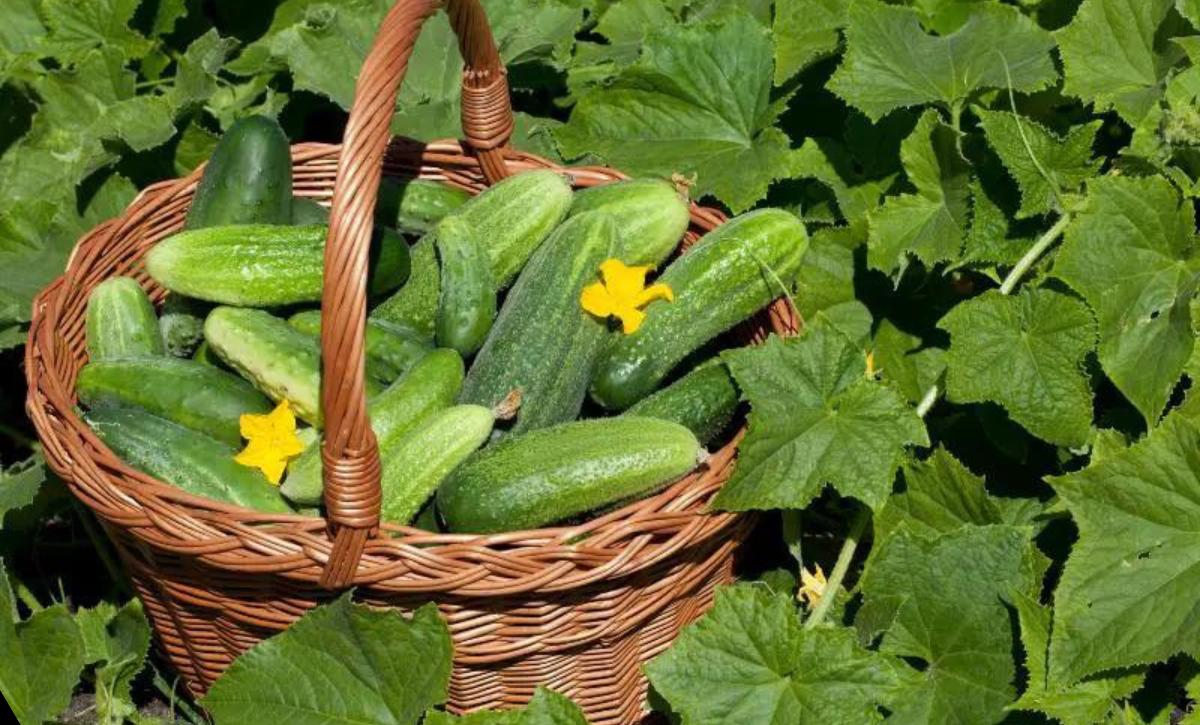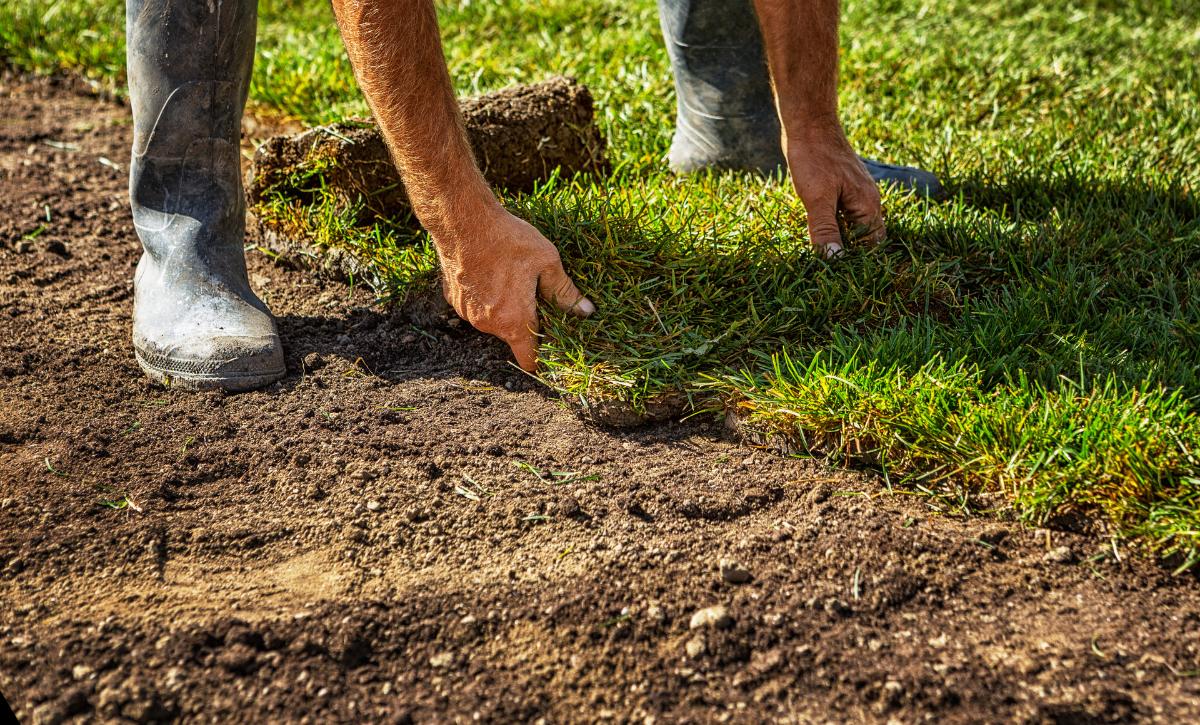Pumpkins are one of the fruits with a lot of significance in today’s world. They are a vital ingredient in making pies and play a major part in Halloween decorations, not to mention they’re also included in folklore with the likes of Cinderella.
With the trove of benefits that pumpkins provide, it’s advisable to have at least one variety in your garden.
The number of fruits your pumpkin plant produces will depend on the growing conditions as well as the variety. This number may range from 1 to 12.
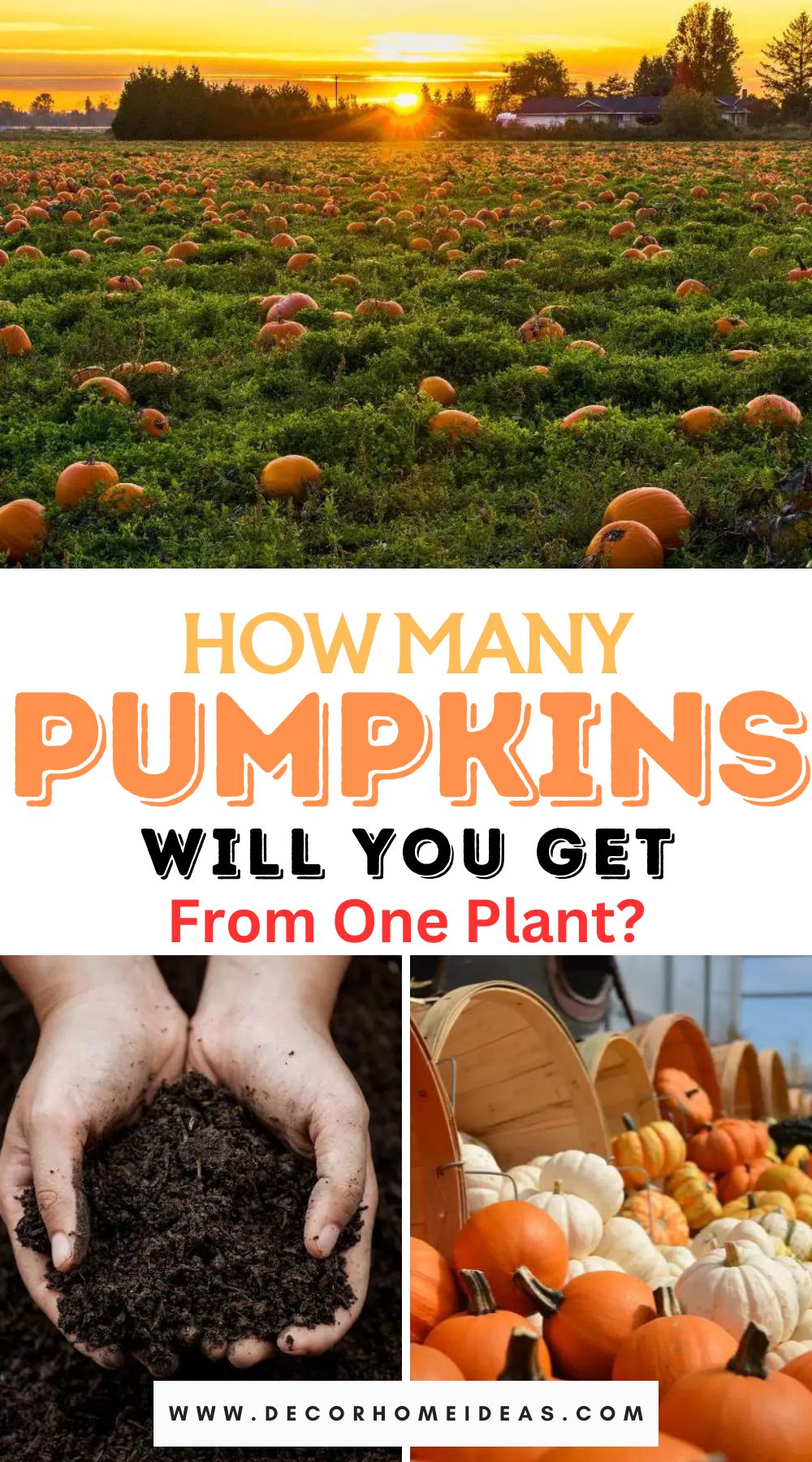
Are you looking to determine the exact number of pumpkins your plant will produce for planning purposes, say for Halloween? This article will examine the number of fruits you should expect per plant.
So read on to find out.
How Many Pumpkins Per Plant?
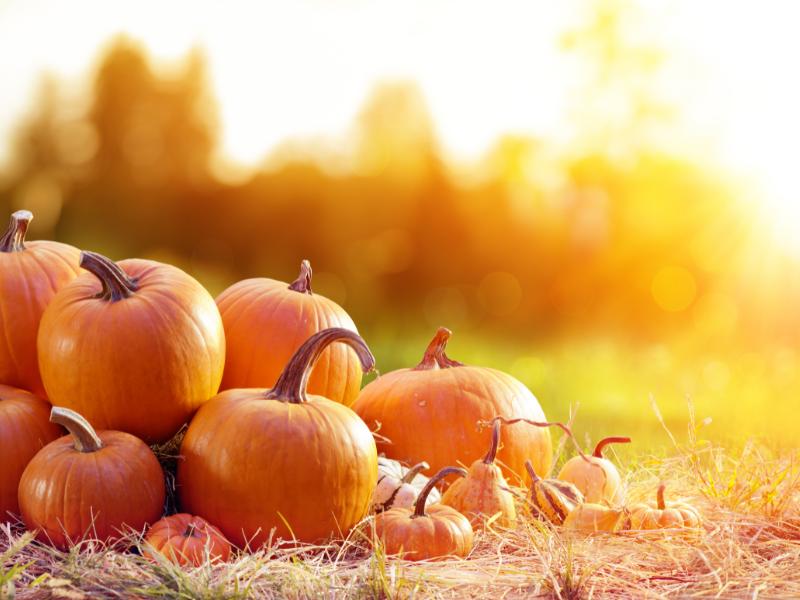
This largely depends on the pumpkin variety that you grow. Small pumpkin varieties, like miniature ones, will produce up to 12 fruits, and standard pumpkin plants will produce up to 5 pumpkins. In contrast, the giant pumpkin varieties will produce just one pumpkin per plant.
Let’s get deep into the details.
Size of the Pumpkin Plant
There are different sizes and varieties of pumpkins, from small miniature ones to giant varieties. The size of the fruit that you get will depend on the type that you grow.
Here are the main varieties that you can grow.
Miniature Pumpkin
Miniature pumpkins are one of the most interesting pumpkin varieties to grow. Not only do they produce a lot of pumpkins, but they also come in different colors so that you may surprise your visitors with unique pumpkin decor.
In one growing season, the pumpkin may produce up to 12 fruits.
Some of the common types of miniature pumpkins include the Jack Be Little (Jack B) and Baby Boo. These pumpkins weigh between half to 2 pounds.
One of the best things about small pumpkin varieties is that they are vining or climbing. Therefore, they’ll offer a spectacular view if you control the vines well.
Common colors of the pumpkin include white, orange, and yellow.
Small Pumpkin
Secondly, there are small pumpkin varieties. These pumpkins are larger than the miniature type but smaller than the standard variety. Small pumpkins weigh about 3 to 5 pounds and will produce 8 to 10 pumpkins.
If you want to make sweet, delicious pies, this is the variety to use. These pumpkins are sweeter and less stringy as compared to larger varieties.
Medium-Sized Pumpkin
For medium-sized pumpkins, expect the harvest to be between 3 to 6 pumpkins. The good news is that these pumpkins weigh between 6 to 10 pounds, so what they don’t have in numbers, they compensate with by size.
Some of the common varieties in this category are the Jumpin’ Jack, Howden, and Cinderella pumpkin. Key uses of large pumpkins include curving out Halloween decor and making delicious treats such as pies.
Giant Pumpkin
As the name suggests, giant pumpkins are really giant in size. The pumpkins can weigh between 50 and 2000 pounds. Some of the famed varieties in this category include the Big Max and Dill’s Atlantic Giant.
Research shows that the largest giant pumpkin ever grown weighed over 2,500 pounds (would accommodate several Cinderellas).
If you decide this is the variety you want to grow, you’ll have to ensure that the plant has all the right conditions and settle for just one fruit (albeit a really giant one).
Planting Pumpkins
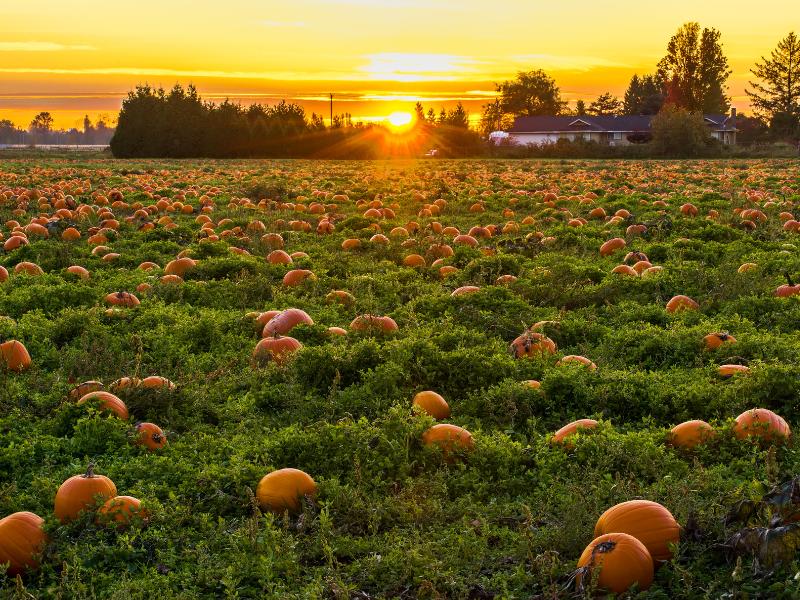
Growing pumpkin is easy! They can survive just about anywhere as long as you give them the right growing conditions. The only thing that you should be concerned about is the variety that you want.
Like all other plants, pumpkins need to be provided with different conditions to promote healthy growth. You’ll need to provide the plant with the right soil type and the right location. Also, try and keep it away from other plants, as pumpkins thrive on solitude.
Here is what you should consider before growing pumpkins.
Choose the Right Time
One thing about pumpkins is that they are enemies with frost and can’t stand this type of weather even for a second. Avoid frost weather when growing pumpkins. The best time to grow them is in late spring or early summer when temperatures are above 50℉. However, the right time to grow these plants will depend on the region that you live in.
For example, for people in the United States who want to grow medium-sized pumpkins, the right time to grow them is early May or June. In some cases, certain varieties mature faster, and as such, you can grow them as late as July and still expect a harvest in autumn.
Depending on the climate, the growing season may either be long or short. In warmer areas, the growing season will last longer compared to colder areas.
People in warmer areas can sow their seeds outdoors, while those in colder areas will have to start them indoors. If you notice there is a danger of frost, sow the seeds a week before planting them and wait for the harsh frost weather to pass before planting the pumpkins outdoors.
Spacing Between Plants
Pumpkins are prone to plant diseases like downy mildew, powdery mildew, and anthracnose (fungal infections). Additionally, the plant may also develop bacterial infections, such as bacterial leaf spots. The fruits may also be prone to fruit rot if the plant isn’t provided with the right growing conditions.
These diseases are contracted as a result of wet air that causes the microbes to thrive and spread the disease. To increase the chances of survival and yield of your plants, ensure your pumpkins are well-spaced.
The spacing will vary depending on the variety that you decide to grow. Some varieties are vining and will require enough space to spread out, while other varieties are bushy and, as such, less compact and need less space.
There are two types of space you need to consider: Row spacing and the space between each row.
Here is how you should space each pumpkin variety:
| Row Spacing | Spacing between the plants in Rows | |
| Vining varieties | 10-15 feet | 5-6 feet |
| Bushy varieties | 8 feet | 4 feet |
| Mini varieties | 6 feet | 2 feet |
While some gardeners may argue that pumpkins need equal spacing, I suggest that you stick to the stipulated spacing to get the best results.
Choose the Right Location
The right place to grow pumpkins should receive plenty of sunlight as these plants thrive in full to partial sun. The plant needs a minimum of 6 hours of full sun per day. If your plant can get more, the results will be even better. As they say, the more, the merrier!
The number of pumpkins you harvest depends on the amount of sunlight your plants receive.
Soil Type
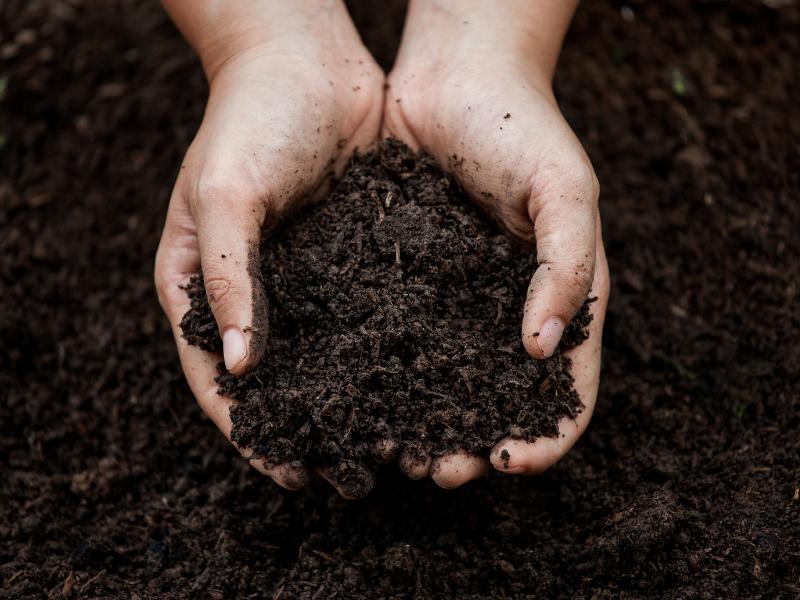
Pumpkins require soils with pH levels ranging from 6.0 to 6.5 that are warm and well-draining.
Before growing your plants, you should make a soil pH test by using a kit meant explicitly for testing soil pH levels. If you notice the soil acidity needs adjusting, you can use acidifiers to adjust it or use alkalizing products to increase the alkalinity.
Optimal growing soil should also be rich in nutrients and organic matter. The sandy texture is also preferred as pumpkins can’t withstand waterlogged soils.
If your garden has compact soils, you can add some well-rotted manure, compost, or mulch to improve drainage and water retention. Adding fish emulsion is another way to increase the soil’s nutrient content.
Ensure Company
While pumpkins shouldn’t be mixed with other plants, they’ll surely grow better if there are other plants in the garden or vicinity. However, paying attention to the kind of companion plants you choose is important.
The perfect companion plant for pumpkins should:
- Repel pests
- Attract pollinators
- Promote pumpkin growth
Luckily, many plants fit this description, including mint, garlic, corn, melon, sage, mint, and thyme.
When growing pumpkins, you should be careful to plant them next to close relatives, such as squash. Growing these two plants close together could lead to cross-pollination, and that will affect the final product.
Even though cross-pollination may not affect the fruits, it could affect the seeds. When planted, the cross-pollinated seeds will give you weird fruits. If you find yourself in this predicament, harvest the fruits but destroy the seeds later after harvest.
Some plants like beets, potatoes, onions, and root crops should never be planted near pumpkins. This is because when harvesting these crops, you may interfere with the sensitive pumpkin roots. If grown together, you’ll need a lot of space between the crops and pumpkins.
Growing Pumpkins
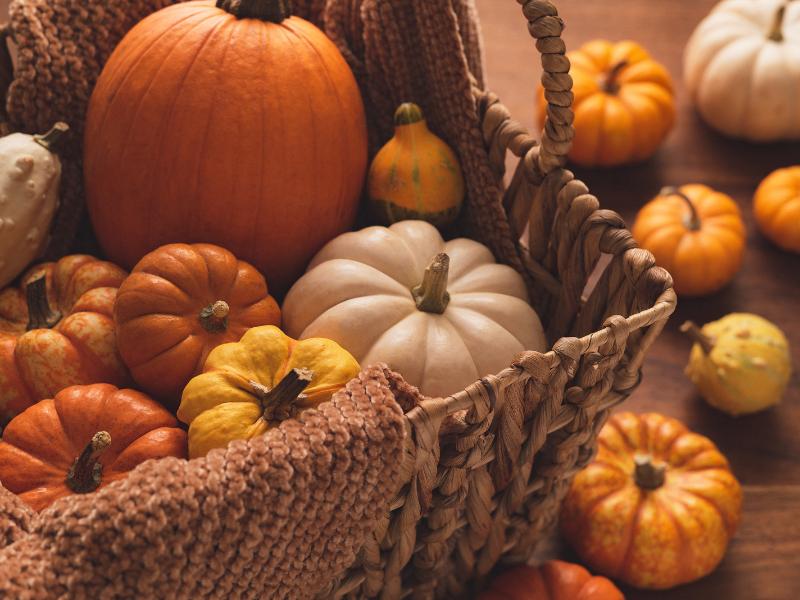
Growing your pumpkin plants in the required conditions will produce enough fruits (depending on the variety).
The germination process will take a few days. You’ll need about four pumpkin seeds or transplants per mound. To prevent any issues with germination, place row covers over the mound. Once the plants germinate, pay close attention to the conditions to promote healthy growth in the subsequent growth stages.
For the best results, pumpkins will need sufficient watering, nutrients, and mulch. If your plants have excess foliage, they’ll also need pruning. Fertilization isn’t an essential requirement, but if you do choose to fertilize, use the right amount to avoid overfertilization.
Let’s look deeper into the growth requirements.
Water Requirements
Watering shouldn’t be spared when growing pumpkins; they need a lot of water. About an inch of water per week will suffice. The high dehydration rate of pumpkins brings about this increased need for water. When temperatures get hotter during the summer, adjust the watering schedule accordingly.
When watering, be careful not to splash on the leaves and stems, as this could lead to the development of fungal diseases. Water activates the nutrients in the soil, which are then taken up by the roots to other parts of the plant.
Fertilizer Requirements
Pumpkins produce delicious fruits that will definitely make it on the list when the pie season begins. A little feeding will go a long way in improving the produce.
Fertilization should be done every month once the plant starts flowering. The fertilizer should be rich in nitrogen content, which helps increase the foliage of young plants, and phosphorus, which helps with flowering during the blooming phase. During the growing stage, feed the plant with a combination of potassium and phosphorus.
Fertilizers should be applied during the growth stage of the plant, usually during the spring or summer.
Pruning
Pruning is vital for pumpkins since they need a lot of space to grow. By pruning the vines, you increase the space available for the plant to expand. Pruning also helps the plant focus its energy on other important functions like fruit formation.
Mulch Application
Mulching should be done on pumpkins for three primary reasons:
- Helps in water retention and moisture regulation.
- Helps in deterring pests
- It reduces or helps with weed control
The best mulch type you can use to achieve all of the three desired outcomes is compost.
Compost not only increases the nutrient content in the soil but also serves as a good mulching agent for protective purposes.
Support
When growing pumpkins, one key tip is elevating them from the soil once the fruit starts expanding. Use cardboard or fabric to elevate the fruit from the soil.
The best time to do this is during fruit formation. However, you can start supporting the plant once it starts gaining weight. It’s important to note that the weight of the pumpkin will depend on the variety. Each pumpkin has a different weight and, as such, may need different support structures.
Support is important as it helps retain excess water and prevents the fruit from rotting.
Turning the Pumpkin
Now, let’s get to the aesthetic part of pumpkin growth. We call it the aesthetic part since it isn’t really a necessary step, but if your pumpkins are for decorative purposes, you should consider this step.
Carefully turn the pumpkin, not detaching it from the vine. Repeat this process for a few days, preventing a flat side. This ensures the shape of your pumpkin is well-rounded and eye-catching.
When to Harvest Pumpkins
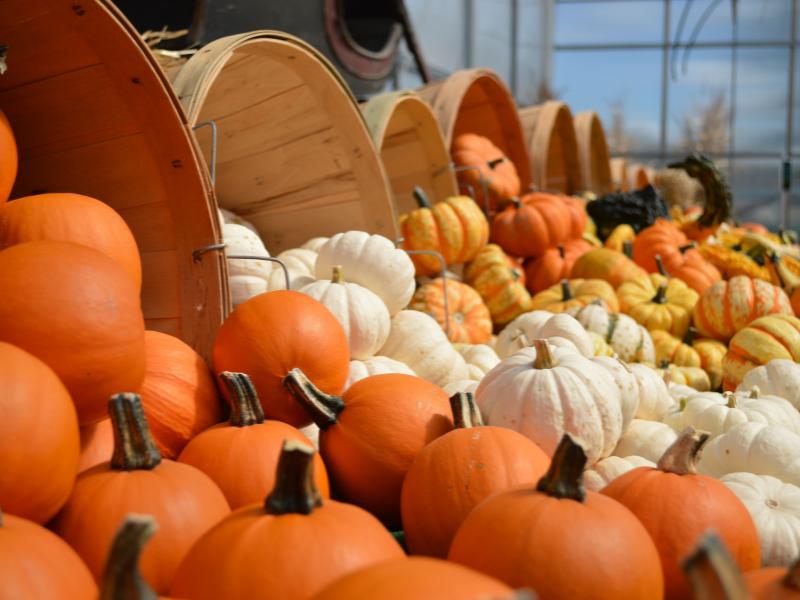
I’m sure you have been looking forward to the harvesting stage.
When to harvest depends on when you start growing your pumpkins. If the crops were planted in warm soil after the last frost, you can expect a harvest before the first frost.
When growing pumpkins, a general rule is to grow the plants after the last harvest and before the season’s first frost.
In some cases, it may not be possible to do this, and as such, the pumpkins may not be ready during the first frost. In this case, you should cover the pumpkins with cardboard boxes, sheets, blankets, or anything similar that will protect the vines from rotting or hardening.
Pumpkins that are ready for harvest will have a solid orange color ( color may vary depending on the variety). The rind should also be hard. You can thump the pumpkin to confirm if it’s ready. If you can’t puncture the fruit’s skin using your hands, it’s time to harvest your pumpkins.
Another clear sign that your fruits are ready for harvesting is when the pumpkin vines start dying.
When harvesting, put on some gloves and use a sharp sterilized knife to sever the pumpkins from the vine.
Avoid holding on to the main vine during this process, as it can snap off completely. Cut off the stem a few inches above the plant.
More About Pumpkins

Pumpkins have both male and female flowers, and they both play a crucial part in pollination. The male flowers appear before the female flowers and attract pollinators to the plant. Female flowers appear shortly after. For fertilization to occur, pollen must be transferred from the male flowers to the female flowers, forming fruits.
Pumpkins can also be grown on a trellis. This will not only improve the appearance of your garden, but you’ll also get delicious pumpkins. The vines are the heart of the plant, so be careful when handling them.
Frequently Asked Questions
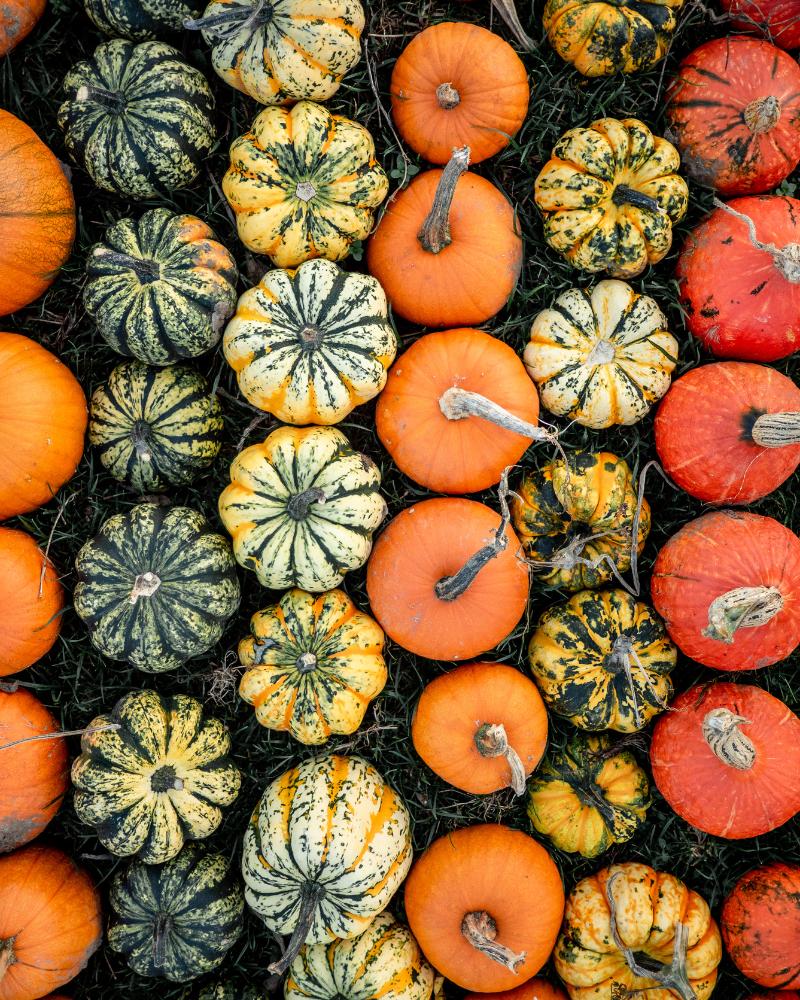
How long does it take for a pumpkin to produce fruits?
The pumpkin will take about 100 days to produce fruits. Flower formation will begin in 50-55 days. For example, if you’re growing a miniature pumpkin, the flowers will form after about 50 days, and the fruit will be ready for harvesting after 40-50 days. Standard pumpkins like the Ghost Rider will take 110 days to form fruits, while giant varieties will take 150 days.
How many pumpkins can fit per square foot?
They’ll need about 50 to 100 square feet for the vining variety. If you don’t have ample space to spare, you can try the bush varieties like Spirit and Bushkin.
Wrapping Up
From making pies to being the centerpiece of Halloween decor, pumpkins are really worthy of growing.
Different varieties of pumpkins will produce different numbers of fruits. The smaller the type, the more fruits the plant will produce. Choose a variety that suits your size and uses. Large varieties are better for decor, while small varieties make delicious pies.
Choose a variety that’ll suit your garden’s size and style. You can even try the giant variety; maybe you’ll get to carve out the Cinderella Coach from it!

